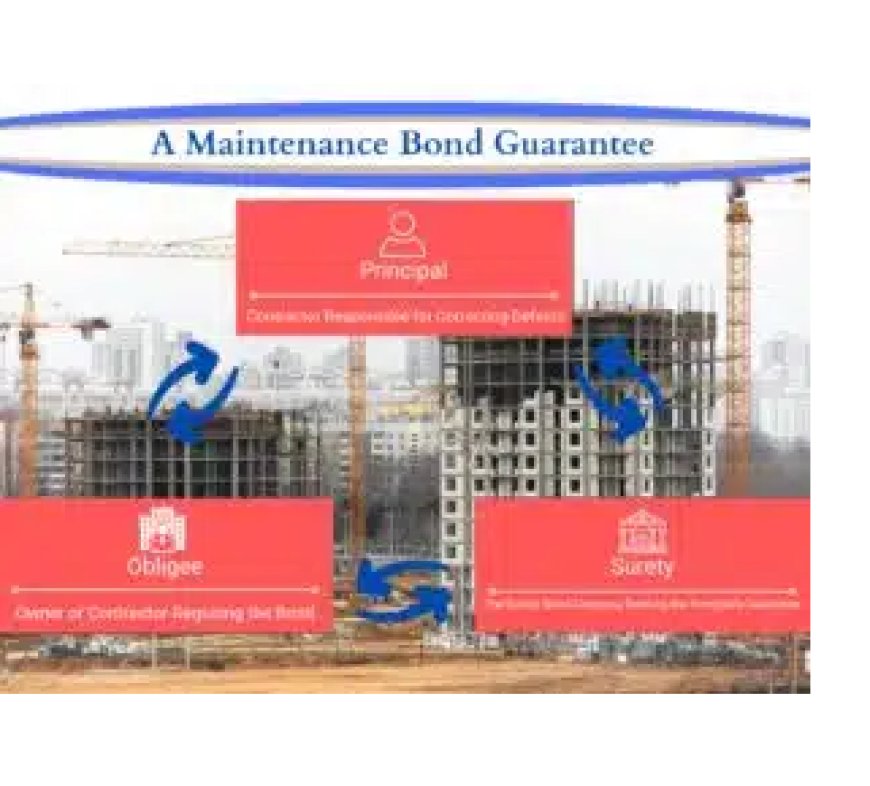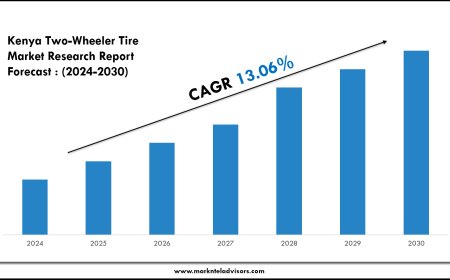What Is a Maintenance Bond: Cost, Claims, and Duration
That’s where a maintenance bond arrives, and this blog explains what a maintenance bond is, how much it typically costs, what triggers a claim, and how long it protects against defects. It’s useful for contractors, project owners, and anyone who wants to know how to handle post-completion issues without surprises.

Youve just wrapped up a major construction project, and now comes the tricky part: what happens if something fails after you walk away? Cracks, leaks, or structural flaws can show up months later. Thats where a maintenance bond arrives, and this blog explains what a maintenance bond is, how much it typically costs, what triggers a claim, and how long it protects against defects. Its useful for contractors, project owners, and anyone who wants to know how to handle post-completion issues without surprises.
What Is a Maintenance Bond and Why Does It Matter
A maintenance bond acts like a warranty backed by a surety company. It promises that the contractor will fix defective workmanship or materials that emerge after project completion. Unlike a performance bond, which covers the work up to completion, a maintenance bond steps in afterward.
So, what is a maintenance bond in practice? It guarantees corrections after the final walk-through is done. If flaws appear within the agreed period, the owner can make a claim to have them resolved. This bond gives both parties peace of mind: owners know theyre protected, and contractors show confidence in their work.
How Much Does a Maintenance Bond Cost?
Bond pricing tends to be affordable. Youre usually looking at 0.5% to 2% of the total contract value. That means a bond on a $500,000 project could cost between $2,500 and $10,000.
Two main factors influence the cost:
-
Project size and duration: Bigger scope or longer coverage periods often increase the rate.
-
Contractors background and finances: Contractors with strong records, clean financials, and few past claims often get lower premiums. If your balance sheet or credit history looks unstable, you might see a slightly higher rate.
This fee is generally a one-time upfront payment, not a recurring annual cost. It covers repairs and corrections during the bonds active period.
How Long Does the Coverage Last?
Maintenance bonds usually last 12 to 24 months after completion, although the contract can specify a longer period. The idea is to protect against issues that take time to show up, like settling soil or materials gradually failing.
-
A one-year bond might be enough for simpler projects like landscaping or paving.
-
For complex buildings or systems, HVAC, roofing, or structural work, a two-year bond can give the owner added security.
Contract language should clearly state how long the bond applies. As a contractor, you should prepare to respond to claims throughout that period.
What Can Trigger a Maintenance Bond Claim?
Not every problem qualifies. Claims must involve defects in workmanship or materials, not normal wear and tear. Here are common triggers:
-
Concrete sidewalks that crack or sink prematurely
-
Leaky roofs or incorrectly installed windows
-
HVAC systems that fail due to faulty installation
-
Electrical or plumbing issues caused by poor workmanship
If the owner identifies a defect during the bond period, they notify the contractor and the surety. The surety investigates to confirm if the issue is covered. For valid claims, they either pay for the repairs or arrange corrective work. Since the contractor is ultimately responsible, the surety may later seek reimbursement from them.
What Contractors Should Know
As a contractor, a maintenance bond is more than a formality. It creates real obligations. You must:
-
Respond quickly to valid repair requests
-
Address issues within agreed timelines
-
Communicate with the surety during a claim
-
Keep records of how you resolved each issue
Ignoring claims could hurt your bonding capacity and reputation. Viewed another way, handling bond claims professionally shows clients you stick by your work, even after the final invoice.
When Should Owners Require a Maintenance Bond?
Not all builds need one, but many public contracts make it mandatory. Here are good times to ask for it:
-
When subcontracted work or specialized systems are involved
-
If the owner wont occupy or use the space immediately
-
Whenever they need added peace of mind on quality
By asking for a bond, owners protect their investment and avoid future disputes. Starting it early in contract negotiations saves headaches later on.
How Bond Details Impact Pricing and Risk
Two bond features can shift the balance of cost and protection:
-
Coverage scope: Bonds can be limited to specific systems (like plumbing) or cover the entire project. Broader coverage usually leads to higher rates.
-
Length of the bond: Extending coverage to two or three years means higher upfront costs but may prevent bigger repairs down the line.
As a contractor, discussing these options helps owners decide whats right for each job. Being flexible and transparent builds trust.
Conclusion
Maintenance bonds offer a layer of protection long after the last nail is hammered. Understanding maintenance bonds helps contractors stand by their work and gives owners a clear path to fix issues if they crop up. As construction standards rise and clients expect better quality, these bonds may become more common, even in private projects. When both sides respect the bonds role, it leads to stronger relationships and fewer disputes.







































